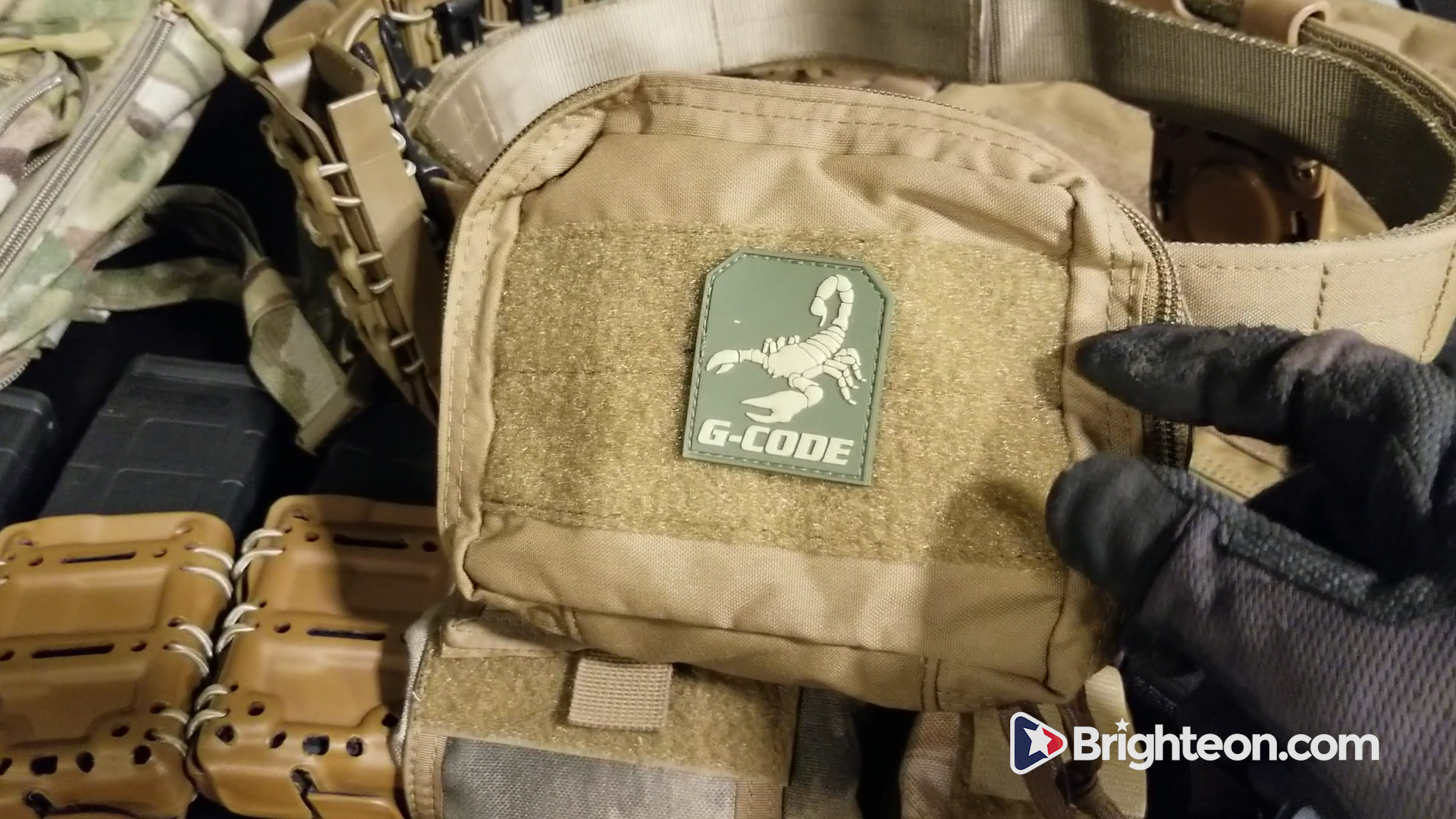Be tactical but don’t look “tactical”: Why you need to be discreet before SHTF
03/21/2019 / By Rhonda Johansson

Blame it on the media: Preppers don’t actually wear tactical clothes in public. We don’t wear tin foil hats over our heads, either. When you look at our lifestyle, you’ll see that everything we do is done for preparing for the unknown. We understand that while no one can truly know what the future brings, we can try to plan for whatever eventuality. Whether SHTF or not, it brings peace to our minds to know that that we’ve done all that we could to prepare for a potential disaster.
This seemingly “pessimistic” outlook on life has labeled us as the kooks of society. Many people believe that you can spot a “prepper” by the clothes we wear. To wit, that we all wear military clothing.
But seasoned preppers understand the dangers of standing out. You can be tactical without looking the part, and it is especially important for beginner preppers to consider this.
An article on The Organic Prepper gives a perfect example. Here, one person was busted for being a “prepper” after being caught wearing tactical gray pants, a 5.11 shirt, and dark glasses. This “survivalist” was wearing these clothes in the middle of an airport, where everyone else was in vacation clothes (i.e. funny shirts, shorts, jeans, etc.). Not only was he dressed extremely out-of-norm, but the person was also walking around with a “tough” expression on his face, leering at other people and generally giving off the impression that he was — by all means — “tactical.”
However, this behavior does more harm than good. In a real grid down situation, it is in your best interest to blend in with the crowd. People are often operating on their basic instincts when SHTF and will target people who they consider to be vulnerable or weak — including, yes, people who stick out like a sore thumb.
Sponsored solution from the Health Ranger Store: Lab-verified Nascent Iodine solution is a dietary supplement that provides your body with supplemental iodine to help protect your thyroid during radiation exposure. Nuclear accidents such as Fukushima (or nuclear war) can expose your body to radioactive iodine-131, a dangerous radioisotope. Pre-loading your system with stable iodine occupies the iodine receptor sites on your organs, causing your body to naturally expel radioactive iodine you may have been exposed to through air, food, water or milk products. This defensive strategy is recommended by nearly all health authorities, worldwide, including the Nuclear Regulatory Commission. Discover more at this link.
You may be scratching your hand at the irony of it. If a person looks “scary,” surely people wouldn’t attack them, right? To a certain extent, this is true, but mobs also target people who look like they’re play-acting as well. People who generally overdress in military or tactical clothes look like they’re trying too hard to be scary. And even if they did have some training in self-defense, they still become a target because of their potential value. A scary-looking person will probably have essential survival items like a knife or something. A mob can easily overpower a single person. It’s a crowd against one, after all.
No, the best course of action before, during, or after-SHTF is to maintain anonymity. Other prepper articles will be more extensive on how to achieve this, but in general:
- Look like everyone else — During a crisis, most people will lose weight due to a lack of food. They will also have not enough water to bathe often or wash their clothes. Even if you have properly stocked up on crucial survival items, it will do you good to lose weight (or look like you have) when SHTF. We also recommend that you avoid washing your clothes too often. Because it is still important to maintain cleanliness when SHTF, we still recommend that you shower regularly — just don’t look like you have. (Related: Tips on how to not stand out once SHTF.)
- Make an effort not to stand out — Do not put your attractiveness on display during SHTF. As we’ve discussed earlier, you still need to be prepared for potential disaster, but you should be very careful with how you appear to the public. This extends to the clothes you wear. Our earlier example described a person who wore tactical clothing, but this also applies to bright clothing or exceedingly flashy items.
The most important thing to remember is that you should never display what you have during an emergency. You should always be prepared, yes, but you do not need to broadcast this to the world.
Sources include:
Tagged Under: blending in, bug out, off grid, preparedness, prepper, prepping, SHTF, survival
RECENT NEWS & ARTICLES
COPYRIGHT © 2017 COLLAPSE.NEWS
All content posted on this site is protected under Free Speech. Collapse.news is not responsible for content written by contributing authors. The information on this site is provided for educational and entertainment purposes only. It is not intended as a substitute for professional advice of any kind. Collapse.news assumes no responsibility for the use or misuse of this material. All trademarks, registered trademarks and service marks mentioned on this site are the property of their respective owners.




















